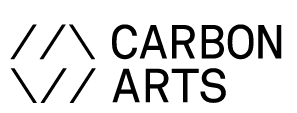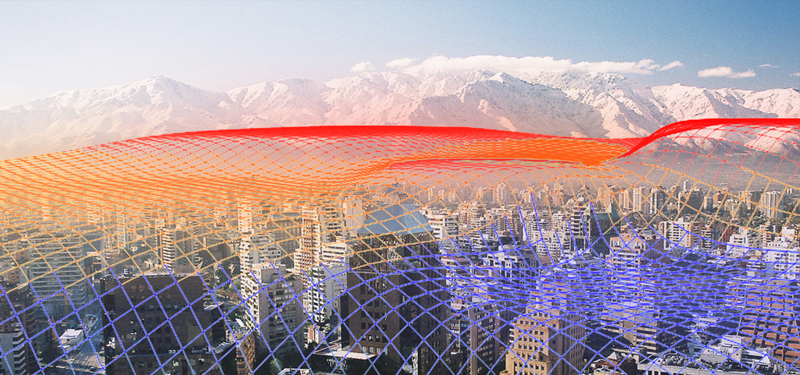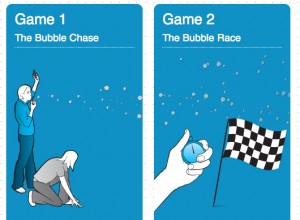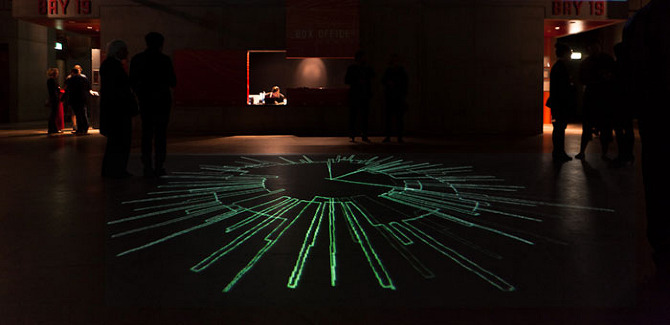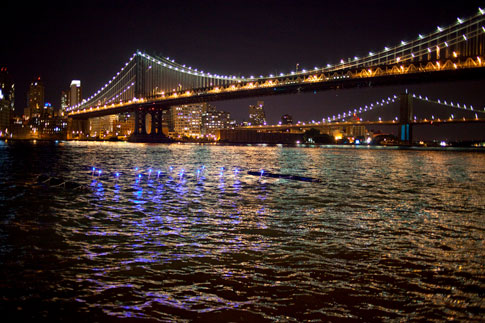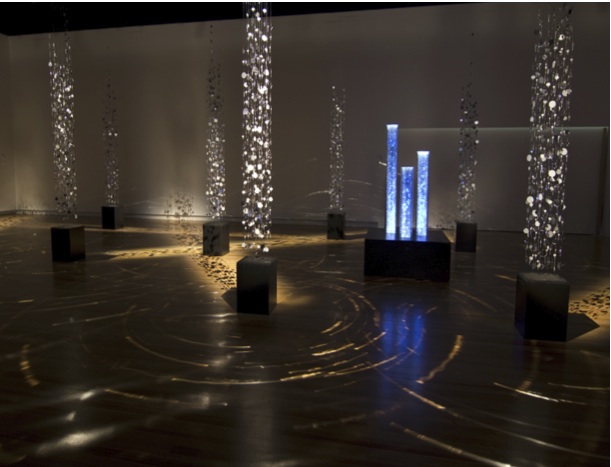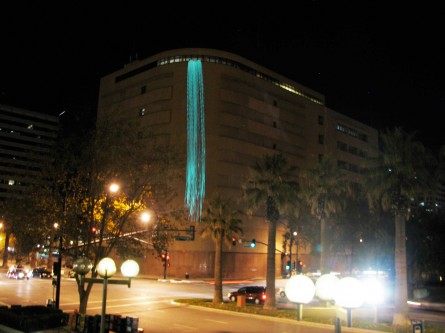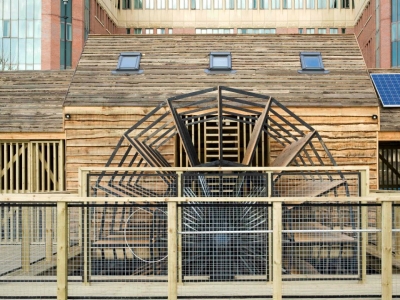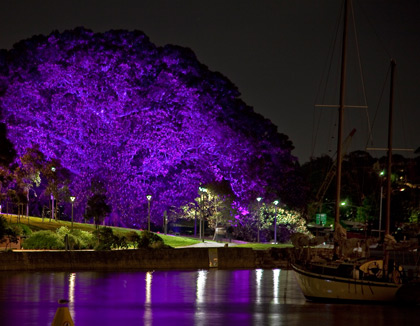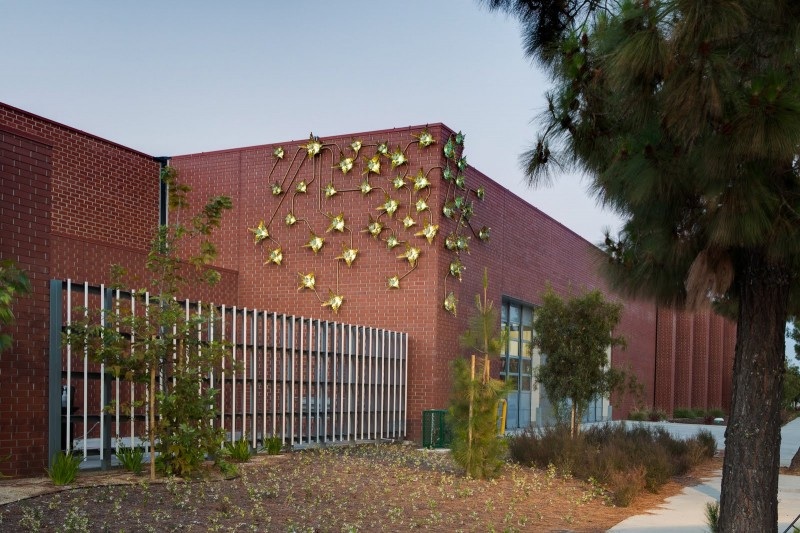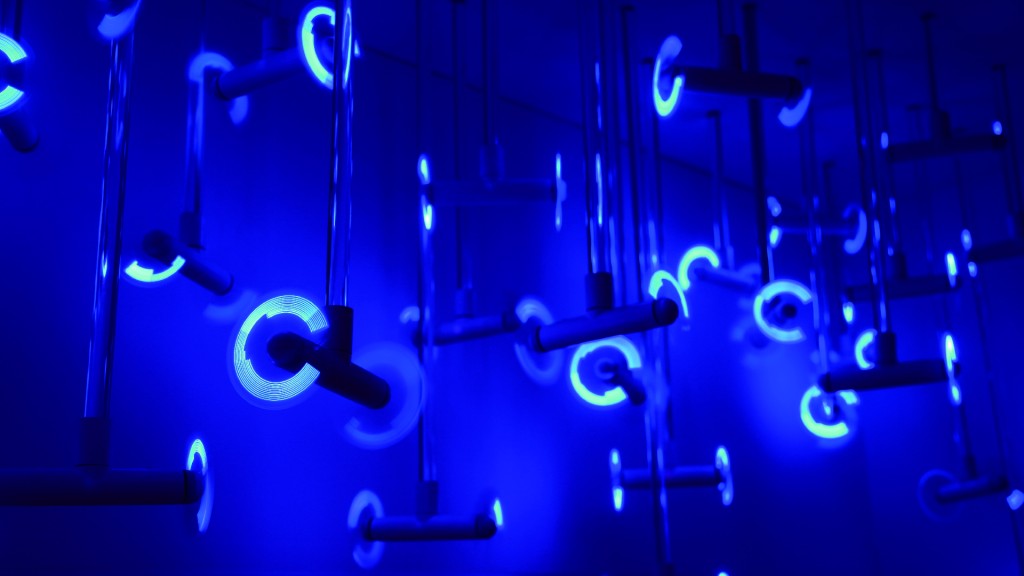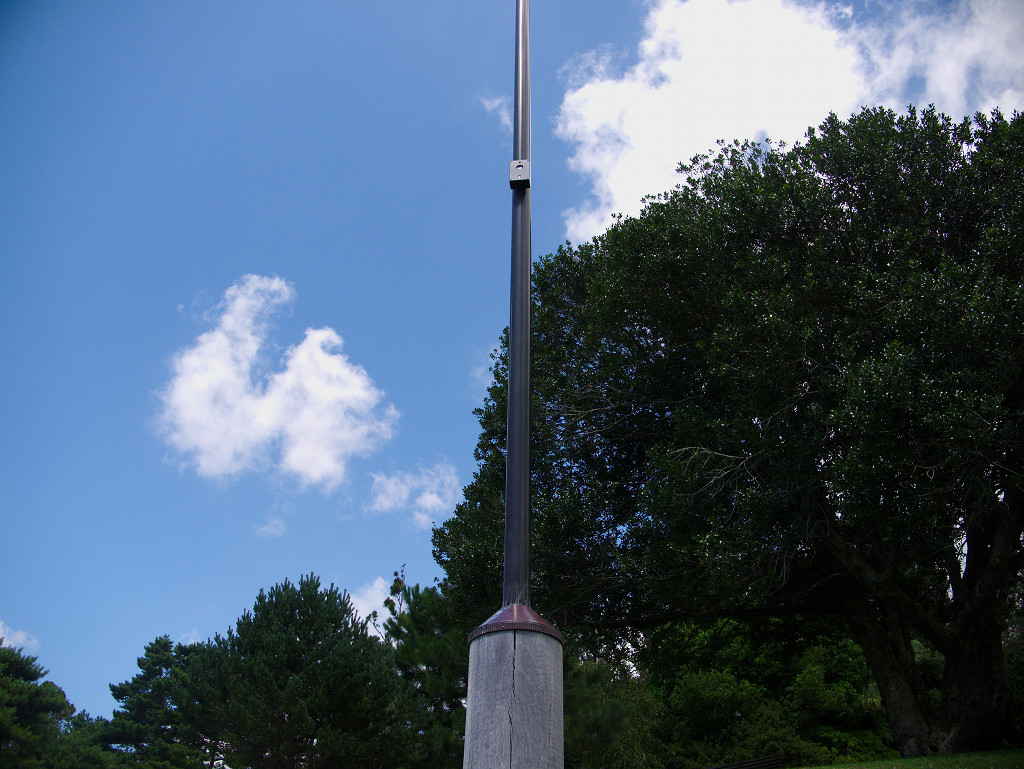Newsmotion
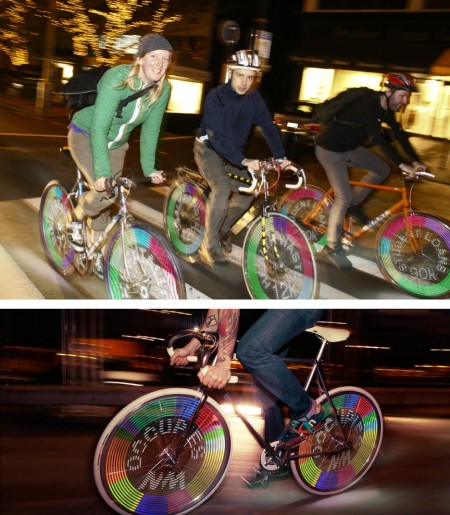
Modelled on any other health clinic, Natalie Jeremijenko’s NYU xClinic prescribes treatments for your environmental aches and pains. Newsmotion is a prototype for a roaming bulletin board which can be retro-fitted to your bike wheels, and delivers data to those around you based on where you are. For instance, onlookers might be made aware of pedestrian and cyclist fatality statistics for the very corner they’re standing on, thereby bringing the data to life.
